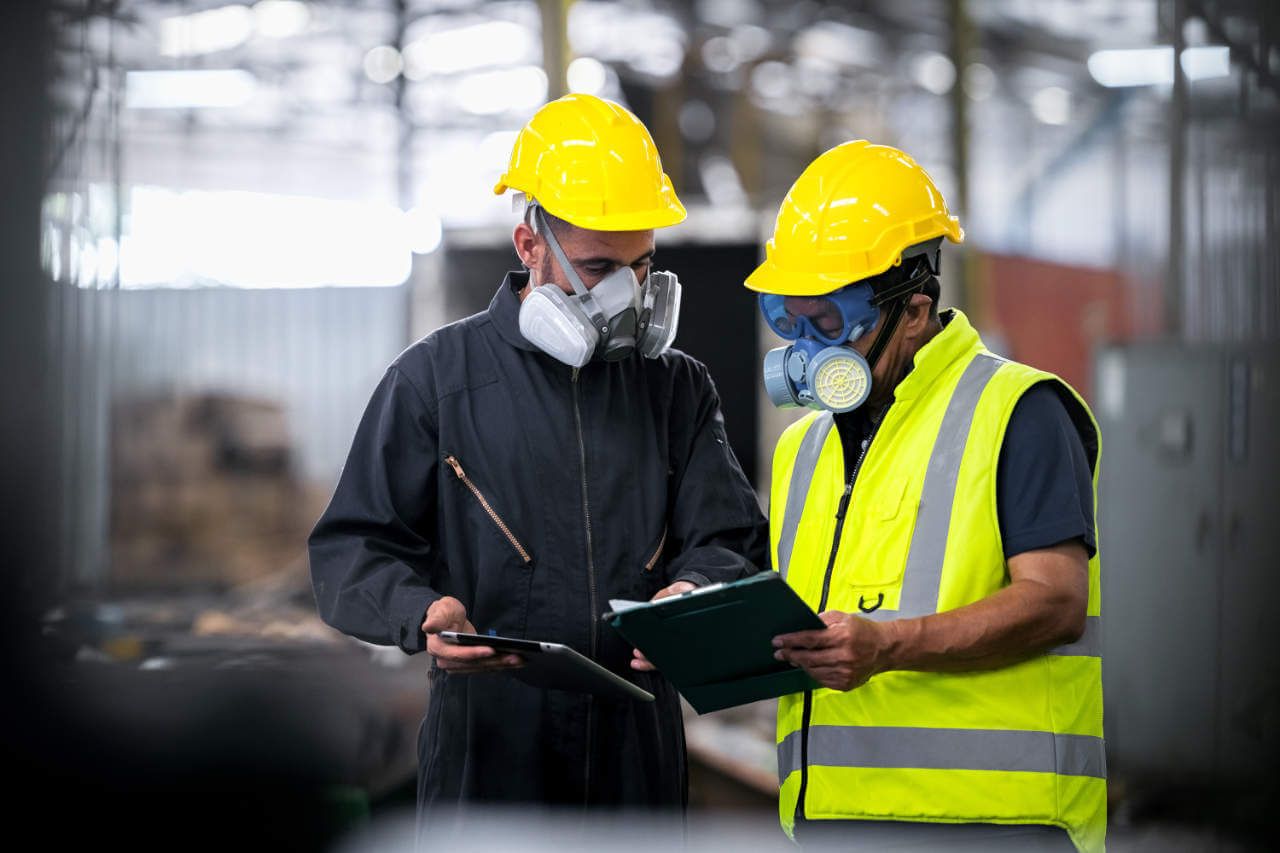- Thriving Guide
- Posts
- What Occupational Health and Safety Means for Your Everyday Life
What Occupational Health and Safety Means for Your Everyday Life
From office ergonomics to chemical exposure, workplace safety affects more than you might think here’s what you need to know.

You might not think twice about the chair you sit in at work or the lighting above your head but behind the scenes, entire teams of experts are working to keep those everyday conditions safe. Occupational health and safety (OHS) is the field dedicated to protecting people in the workplace, and its reach extends far beyond construction zones or hazardous job sites. Whether you work in an office, hospital, school, or factory, occupational safety measures shape your environment and your health.
What Is Occupational Health and Safety?
Occupational health and safety is a public health discipline that focuses on preventing injuries, illnesses, and long-term harm in the workplace. It spans across industries and includes everything from physical safety and chemical exposure to mental health and ergonomics. Experts in this field develop policies, design training programs, and monitor conditions to ensure safe environments for workers at every level.
Today, almost all employers in the U.S. are legally required to uphold safety and health standards though exceptions still exist, such as for certain farmworkers and self-employed individuals.
How Workplace Safety Evolved Over Time
Workplace safety in the U.S. has come a long way. After the Civil War, rapid industrialization led to unsafe working conditions, especially in factories where poor ventilation, dangerous machinery, and a lack of oversight were the norm. By the late 1800s, states began introducing laws requiring factory inspections and basic safety measures.
In 1970, the passage of the Occupational Safety and Health Act marked a turning point. This federal law established the framework for regulating and enforcing workplace safety through agencies like the Occupational Safety and Health Administration (OSHA) and the National Institute for Occupational Safety and Health (NIOSH).
Thanks to these efforts, the rate of workplace fatalities in the U.S. has declined by over 65% since the law was enacted even as the workforce has grown significantly.
Key Occupational Health Hazards to Know
While fatal accidents often grab headlines, non-fatal injuries and chronic health issues also take a major toll. In the U.S., nearly 3 million people experience work-related injuries or illnesses each year. These hazards vary widely depending on the job and setting.
Here are the main categories occupational health experts monitor:
Physical hazards: These include heat stress, radiation exposure, loud noise, and working at tall heights.
Biological hazards: Healthcare and outdoor workers may encounter pathogens, mold, animal waste, or insect-borne illnesses like Lyme disease or Zika virus.
Chemical hazards: Paints, solvents, gases, dusts, and flammable substances can cause both acute injuries and long-term illnesses such as cancer or respiratory disease.
Ergonomic hazards: Repetitive motion, poor posture, and improperly set-up workstations can lead to chronic pain and musculoskeletal disorders.
Safety hazards: This includes machinery without safeguards, electrical wiring issues, fall risks, and other environmental dangers.
Sedentary Jobs and Modern Risks
You don’t have to work in a high-risk field to be affected by occupational health. Desk jobs present their own set of challenges, primarily due to sedentary behavior. The CDC reports that only 24.2% of American adults meet weekly recommendations for both aerobic and muscle-strengthening activity. Sitting for long stretches especially 12+ hours a day has been linked to a higher risk of early death, even in people who exercise regularly.
Employers can help mitigate this by providing sit-stand desks, encouraging breaks, and fostering a culture that supports movement throughout the day.
Who Makes Workplaces Safer?
Behind every workplace safety measure are professionals trained in various branches of OHS. These roles include:
Safety specialists and engineers: Design and oversee safety systems and equipment.
Industrial hygienists: Monitor biological and physical risks like chemicals or noise.
Occupational health nurses: Provide direct care and health education within organizations.
Well-being managers: Develop programs that promote mental and physical health at work.
Inspectors and compliance officers: Ensure workplaces meet legal safety standards.
Trainers and coordinators: Educate staff on best practices and emergency procedures.
With the rise of new threats like COVID-19 additional roles such as compliance officers have emerged, showing the field’s ability to adapt in real-time.
How OHS Benefits Everyone
For employees, strong OHS programs mean safer conditions, access to care, and legal protections. Workers’ compensation programs ensure financial coverage in the event of job-related injuries or illnesses. For employers, investing in occupational health helps reduce turnover, avoid costly lawsuits, and cut down on insurance premiums.
The National Safety Council estimates that workplace injuries cost the U.S. over $167 billion annually in lost productivity, medical expenses, and administrative costs. Preventive safety efforts pay off not just in lives saved but in long-term financial sustainability for businesses.
How to Protect Yourself
Whether you're in a high-risk job or behind a desk, you can take steps to advocate for your health and safety:
Learn your rights through OSHA’s Workers’ Rights guide.
Report unsafe conditions to your employer or directly to OSHA.
Request ergonomic evaluations for your workspace.
Prioritize movement and breaks during the workday.
Wear appropriate personal protective equipment (PPE) when needed.
You have the right to work in a safe environment and a growing network of professionals and policies exists to make that happen.
If you found this article helpful, consider sharing it or subscribing to our newsletter for more insights.